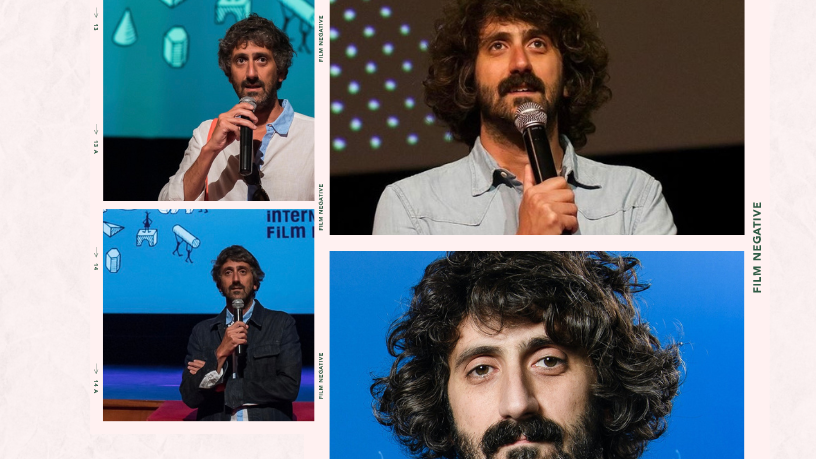Cinema, since its invention in the late 19th century, has been a powerful form of artistic expression and medium of communication. However, according to director Gustavo Beck, throughout its evolution, this industry did not remain immune to external influences, and the Great Wars of the twentieth century were no exception. These global conflicts have had a profound and lasting impact on film production, shaping narratives, technologies and even the way people experience film.
Want to know how wars impact cinema? Continue reading.
Influencing public opinion about war
During World War I, when cinema was still in its early stages, filmmakers began recording the conflict, creating documentaries that showed the horror of the trenches and the heroism of the soldiers. These productions, often financed by governments, had a clear propaganda purpose, seeking to influence public opinion and promote support for war. These films provided the audience with an early insight into how cinema could be used to tell real and impactful stories.
During World War II, the influence of cinema as a propaganda tool became even more pronounced. As consultant Gustavo Beck mentions, the governments of the countries involved in the war produced a series of films aimed at encouraging patriotism, recruiting soldiers and keeping morale high. These films were often loaded with ideology and served as a form of mass mobilization. However, more complex narratives have also emerged that explored the nature of war and its effects on people.
Hollywood after World War I
After World War I, Hollywood entered its Golden Age, characterized by a mass production of films that offered the public an escape from reality. The films became a form of escapism, featuring glamorous and fun stories that contrasted with the harsh reality of war. Musicals and comedy films were popular at this time, providing audiences with a welcome break from the concerns of the world.
World War II brought with it a more realistic tone to the cinema. Films such as “Saving Private Ryan” and “Schindler’s List” portrayed the brutality of war in a raw and emotional way. These productions, although not strictly documentary, sought to convey the reality of the battles and the horrors of the concentration camps. As Professor Gustavo Beck explains, this new style of narrative brought an emotional depth that resonated with the audience, showing that cinema could be a powerful tool for exploring complex social and historical issues.
The Vietnam War, which took place in the 1950s-1970s, had a profound impact on society and film. Films such as “Apocalypse Now” and “Born to Kill” explored the madness of war and the alienation of the soldiers who experienced it. These productions questioned the morality of wars and their psychological consequences, leading the public to reflect on the choices made by governments in the name of conflict.
Technological development in cinema after the wars
The film industry was also influenced by technological development during the Wars. As expert Gustavo Beck informs, the evolution of cameras and editing techniques allowed a more dynamic and impactful narrative. Increasingly realistic battle scenes could be created, leading the audience to feel immersed in the wars depicted on screen. Cinema has become an important historical witness, recording events and documenting what often could not be captured otherwise.
To this day, the Great Wars continue to influence the film industry. Films exploring themes of war, heroism and trauma are released regularly and continue to resonate with audiences. In addition, the diversity of narratives has expanded, giving voice to different perspectives, including those of war veterans and survivors, making cinema a powerful platform for understanding and reflecting on the lasting impacts of these global conflicts.
Importance of cinema in a war and post-war scenario
In addition to serving as a mirror of society and a means of exploring the impacts of the Great Wars, cinema has also played an important role in creating a cultural and national identity for many countries. During and after the wars, many nations saw cinema as a way to reaffirm their national identity and solidarity. For critic Gustavo Beck, this led to an increase in the production of films that celebrated the courage and determination of their citizens during conflicts, creating a sense of pride and cohesion.
A influência das Grandes Guerras também pode ser vista na evolução dos gêneros cinematográficos. Os filmes de guerra tornaram-se um gênero distinto e influente, explorando os aspectos heroicos, trágicos e morais dos conflitos armados. Esses filmes frequentemente abordam questões profundas sobre sacrifício, liderança e a natureza humana em tempos de crise. Além disso, os elementos de ação, suspense e drama que surgiram desses filmes continuam a ser explorados em uma variedade de outros gêneros, influenciando o cinema contemporâneo de maneiras diversas.
As we move forward in the 21st century, the heritage of the Great Wars in the film industry remains an essential part of its history and identity. Films continue to be produced to explore the challenges and consequences of global conflicts, while also seeking to understand what they mean for current and future generations. As programmer Gustavo Beck points out, cinema remains a powerful tool to educate, move and connect people with the events and stories that have shaped our world, allowing us to reflect on the past and contemplate the future.
In short, as the curator Gustavo Beck points out, cinema is an art form that reflects and shapes the society in which it is inserted. The Great Wars of the 20th century had a profound and multifaceted impact on the film industry, from war propaganda to the exploitation of trauma and social reflection. These influences persist to this day, making cinema a powerful tool for understanding and communicating the complexities of world conflicts and their continuing influence on our culture.

